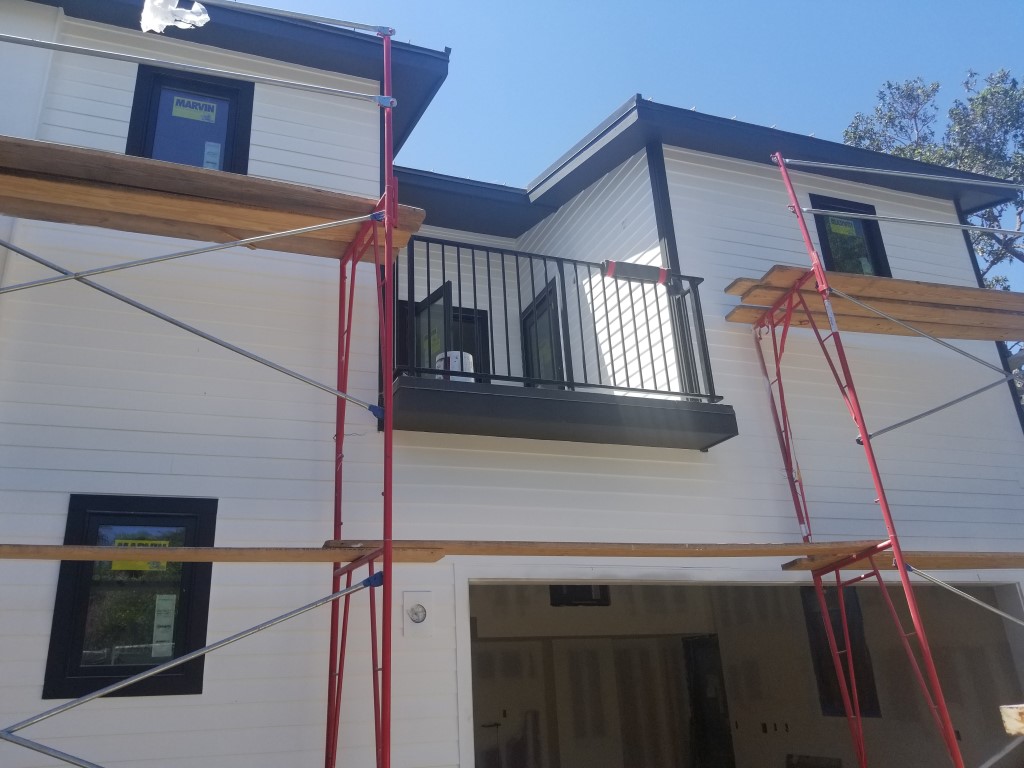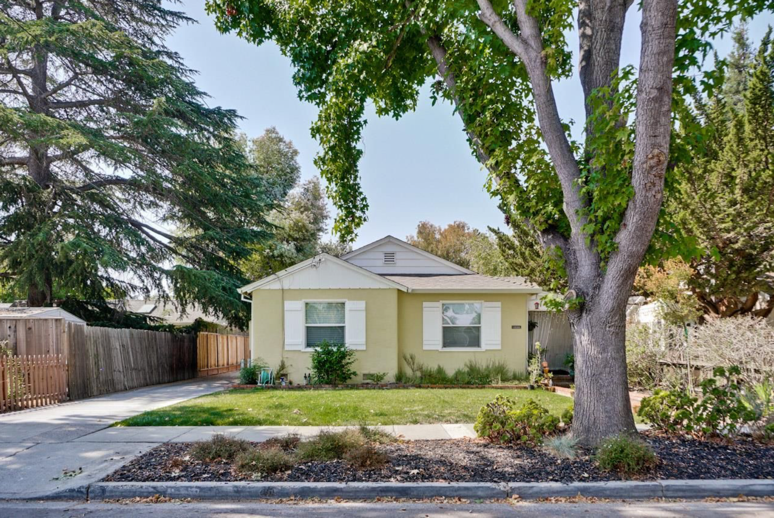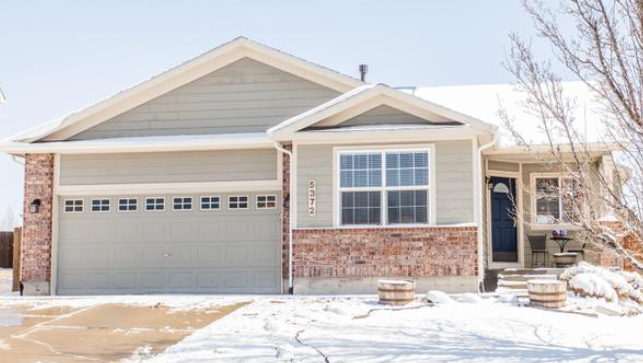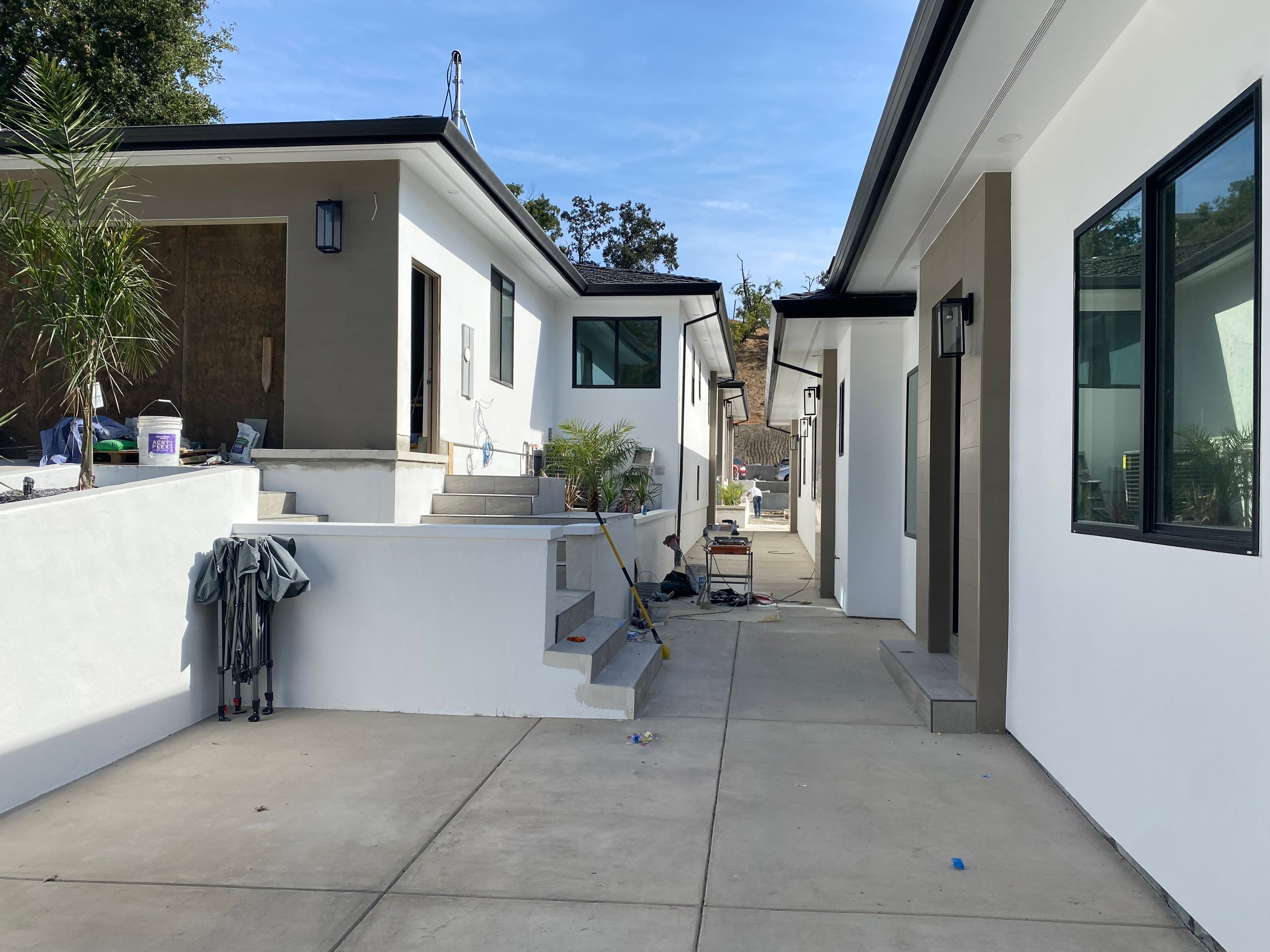The Elusive 100% LTV Fix and Flip Loan
If you’re cash strapped and in escrow to purchase your next fixer-upper, you might be searching online for a hard money lender to give you the...

If you have a seller willing to carry a note, funding your fix and flip with seller financing instead of a hard money loan is a better and cheaper way to acquire a fixer-upper property.
I write this as someone who, for over the last decade, has earned his living in hard money and private money lending.
It’s not a big secret that private money loans are expensive. Everyone knows this.
In comparison, the seller financing terms I’ve seen over the past decade have been very favorable, often well below hard money loan terms — and sometimes close to conforming loan pricing (Fannie Mae and Freddie Mac terms).
This article will discuss fix and flips with seller financing, including the loan structures you're likely and unlikely to see with seller carry loans.
Seller financing, also known as owner financing, seller carry, or owner carry, is a real estate agreement where in place of a bank or a mortgage lender, the seller of a property issues the loan to the buyer.
In a seller financing arrangement, the buyer agrees to pay the seller monthly, quarterly, or annual installments, which may include interest-only (IO) or principal and interest (PI). These payments are often handled by the escrow company that handled the original transaction. Or, another escrow company, like Guardian Contract Services in Portland, OR, which specializes in loan servicing for seller carrybacks, can be used to process payments, and issue W9s and payoffs, among other responsibilities.
Seller financing is often used when the buyer can't secure a loan from a traditional lender, or when the buyer and seller agree to a more flexible, immediate financing option. Sometimes, seller financing terms are better than any other loan available to the buyer.
The process begins with a purchase agreement, followed by a promissory note that outlines the loan's terms, including the interest rate, repayment schedule, and consequences of default. Then, a mortgage or deed of trust is filed with the local public records, securing the loan on title of the property. This way, if the buyer defaults, the seller has the right to foreclose, reclaiming the property.
Seller financing loan documents are often drafted by the title company. Some property owners, such as those selling untitled tracts of land to a land developer or home builder, use a real estate attorney to draft loan docs and other agreements pertaining to the sale and financing covenants.
Seller financing can be appealing in a fix and flip scenario. For flippers and rehabbers, who often make major renovations to a property costing several hundred thousand dollars, seller financing can be more advantageous to their bottom line than a hard money loan.
A few words about seller financing:
Not all sellers will be open to carrying a loan.
Some listings will have a sentence or two about the terms the seller is willing to carry. Most listings, however, don’t mention seller financing. In these cases, it never hurts to ask — you might be pleasantly surprised by the terms the seller offers.
You don’t know if you don’t ask.

Common Seller Financing Loan Terms
Below are the three most common seller financing structures we see.
100% financing is great for providing a house flipper with more money on hand to renovate the property. Often, this kind of zero-down seller financing has something like the following terms:
A comparable hard money loan would have a loan amount of $200,000 to $225,000, interest rate of 10.00% to 12.00%, and closing costs of 2-3 points.
100% seller financing can be great if you can get it.
Some house flippers will negotiate so that the seller is in second position up to 100% combined loan-to-value (CLTV), behind a hard money first mortgage at 65-70% loan-to-value (LTV).
This arrangement allows all three parties in the deal to benefit:
This first and second mortgage combo can work with a mortgage fund or individual hard money lender that allows junior liens on title.
Many private money and hard money lenders allow seller financing, but they want the borrower to put money down on the property, or in other words, have “skin in the game.”
A common financing stack would look like this:
This 60/20/20 debt stack is a common way lenders, buyers, and sellers can structure the financing on a transaction to ensure the borrower is committing some of their own money.

Below are a few seller financing/hard money loan combinations that don’t work.
FCTD’s second mortgage loan program page has ranked at the top of the Google search results for several years. This means that we get a lot of inquiries from buyers who’ve already secured seller financing in first position and want a hard money second mortgage to cover the down payment and closing costs.
This is impossible.
Hard money second mortgages are usually capped at 65% CLTV.
Most of the seller carry first mortgages that buyers have lined up are already at 60-70% LTV on the purchase.
No hard money lender is extending to 100% CLTV. It never happens — despite the weekly requests FCTD receives.
High-leverage fix and flip plus rehab loans are great for experienced rehabbers who can acquire fixer-uppers with 10-20% down while financing the rehab. Most of these loans are funded by conduit lenders, who originate and sell loans to secondary market investors like pension funds and other investment managers.
Since conduit lenders offer high leverage with very little protective equity (loan balance versus as-is value of the property), they usually prohibit the borrower from placing a voluntary junior lien on title, like an equity partner or seller financing.
It’s nearly impossible to obtain an 85% LTV purchase plus 100% rehab loan followed by a seller financing second mortgage, as I cover in these articles about gap funding, first-time house flipping, and using a second mortgage to cover down payment and closing costs.
If you’re doing 85/100 or 90/100, you should bring your own funds to cover the down payment and closing costs. It’s not worth trying to negotiate with the fix and flip lender or the seller to record an owner carry junior lien on title.
Fix and flip seller financing can be a great way to save money on buying your fixer-upper. Not all sellers are open to carrying a loan, but it never hurts to ask or propose terms to the seller.
Hard money and private money lenders are accustomed to working with seller financing. Individual trust deed investors and mortgage funds are the most flexible on zero down payment financing (if the seller is in second position).
High-leverage fix and flip conduit lenders that finance 100% of rehab costs usually won't permit the borrower to place a voluntary junior lien on title because it impairs their already thin protective equity position in the property. House flippers that use conduit lender funds will want to cover the 10-20% down payment and closing costs rather than pursue seller financing.

If you’re cash strapped and in escrow to purchase your next fixer-upper, you might be searching online for a hard money lender to give you the...

A homebuyer secured a seller-financed first mortgage at 85% Loan-To-Value (LTV) and asked if FCTD could provide a hard money second mortgage for the...

If you’re a house flipper already approved for a hard money first mortgage, but need a second mortgage to cover down payment and closing costs,...